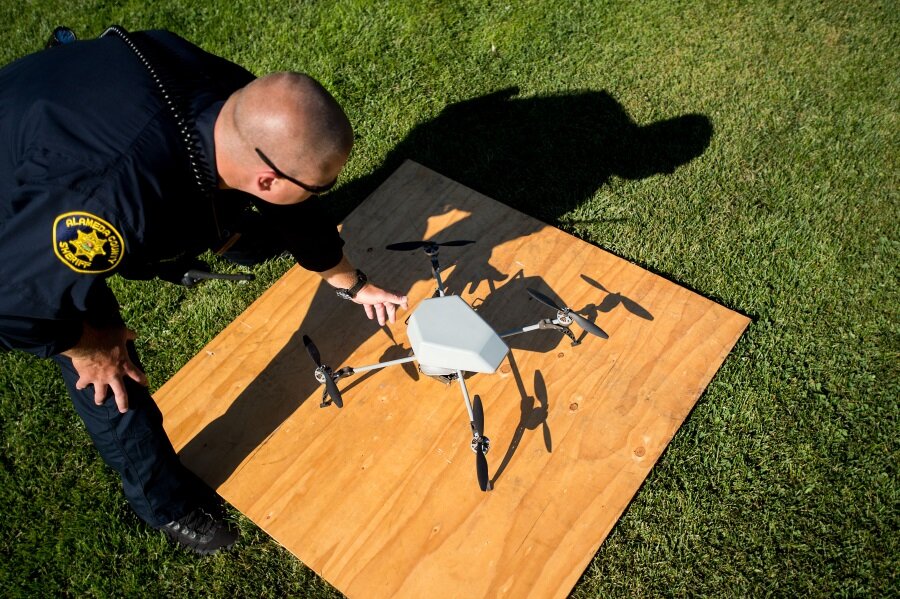Leaked FAA report shows almost 700 close calls between drones and planes
Loading...
Drones aren’t allowed to fly more than 400 feet off the ground or within five miles of any airport, but on August 15 alone, a dozen drones interfered with air traffic in the United States.
A small, white drone flew near the left wing of a JetBlue flight moments before it landed in Los Angeles. Another drone flew at 1,500 feet in restricted airspace over Washington, D.C., prompting the military to scramble fighter jets in case a response was called for. And in Louisville, Ky., a training aircraft almost collided with a silver and white drone flying near it.
That single day wasn’t particularly notable. According to records from the Federal Aviation Administration (FAA) obtained by the Washington Post, airplane pilots have had nearly 700 close calls with rogue drones this year, which is about triple the number of incidents reported last year. More than 70 incidents have been reported in August so far.
The FAA has been tight-lipped about the encounters, declining to release details about where and when they occurred, but the Post received several hundred reports from a government official who was unhappy with the level of secrecy.
So far, there haven’t been any reported collisions between aircraft and drones, but we know that a passenger aircraft can be disabled if a bird hits its windshield or one of its jet engines, so a small drone could probably do the same amount of damage. The FAA has had trouble enforcing drone rules, since the craft are small enough that they don’t show up on radar and often don’t carry radios that transmit their location. The drone’s pilot may be quite far away, making it very difficult to catch him or her for flying in restricted airspace.
NASA, along with companies such as Verizon and Amazon, is working on a plan to prevent close encounters between drones and aircraft. Most of the plans under consideration involve “geofencing,” in which drones would be hard-coded to stay out of certain geographic areas. Owners might also be required to register their drones with the FAA.
A legislative fix has been slow coming. Last year, Congress asked the FAA to develop and implement rules for the commercial use of drones by late 2015, but the agency missed a preliminary deadline and almost certainly will not have regulations ready until 2017. In the meantime, a blanket ban on commercial drones remains in place, with few exemption offered. Sen. Charles Schumer (D-NY) has promised to introduce legislation requiring manufacturers to prevent drones from flying above 500 feet or in protected airspace.






